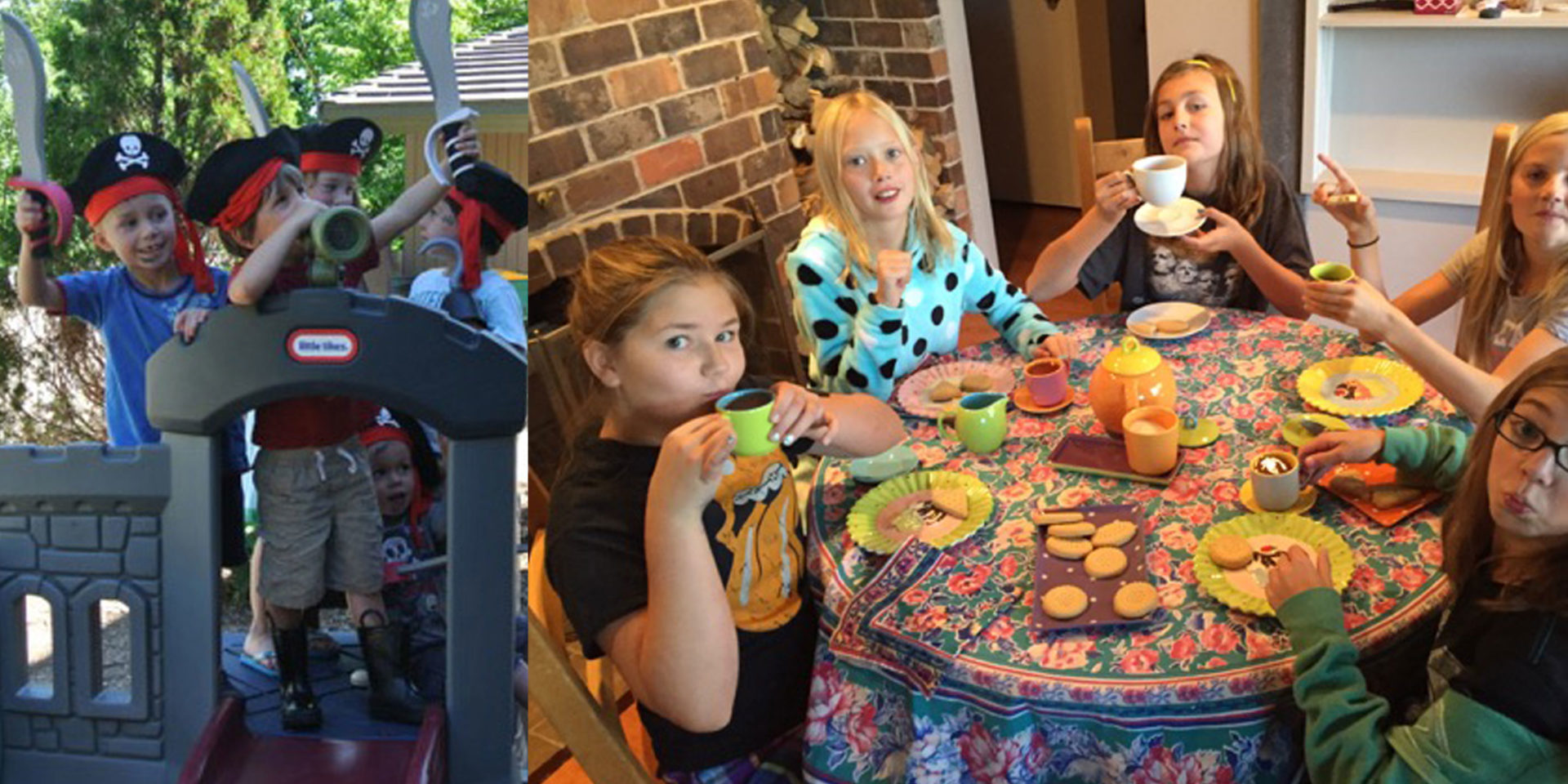
And how it applies to all managers out there who NEED to lead by example
Toby O’Brien
Nicole, showing me photos, exclaimed, “My kids are so hyperactive … they’re driving me nuts! It’s exhausting.”
Which prompted me to write this column about leading by example.
For quite a number of years, I traveled with Nicole Barker, Raving Partner. I think we made an interesting team … her focusing on the math and science of marketing, and me working in tandem, from the perspective of the art and design of marketing … together formulating strategic marketing plans with our casino clients. After a two-year break while I took on executive marketing positions at a few properties, I returned to consulting. A few months ago, I found myself back on the road with Nicole.
I laughed when she shared her exasperation about her children’s energy. I laughed because I’ve watched Nicole direct the activities of her daughter (now 11) and son (now 4). Once she supported Aly’s efforts to have her first lemonade stand on their street in the suburbs of Denver, Colorado. Let’s just say that there was a spreadsheet listing all expenses and income. Flyers distributed to neighbors pre-announcing the sale, along with samples of brownies and other treats that would be offered. And a follow-up meeting (mother and daughter) to review the financial results. Aly was nine.
Last year, her son celebrated his birthday with a pirate party. This included a pirate ship constructed in the backyard, sword-fights, walking the plank, and more … lots more. With LOTS of little kids.
Then, when Aly turned 10, the celebration theme was a private, at-home Renaissance Festival, including jousting, target shooting, and homemade costumes (by Nicole) for ALL the participating girls. I think there were eight of them.
This year, for Aly’s 11th birthday on 11/11, four girls made a trip around the world at Nicole’s house, visiting 11 countries, complete with cultural, cooking, and/or art activities in each, culminating in personal passports with photos of their travels as stamps.
The kids are hyperactive? Have too much energy? Show no fear? Gee, you’re kidding me. Wonder where they got THAT from?!
Dwight D. Eisenhower once said, “Leadership is the art of getting someone else to do something you want done because he wants to do it.” This is the heart of leading by example. Nicole’s children are learning to get the most out of everything they do, because she puts everything into it and that’s what they experience. Her mothering style (Mom Leadership) excites her kids’ imaginations, intrigues them with ideas and opportunities, engages them (and their friends), and ultimately leads them to say, “Let’s do it!”
And now I ask you … what kind of leader are you? Do you lead by example?
Years ago, in an article I wrote on the qualities of outstanding managers, one of the criteria was being a good leader. An excerpt: “‘Do as I say, not as I do,’ is one of the most poorly crafted behavior models for getting people on board. Don’t be afraid to lead by example, spend time on the floor with customers; include weekends and evenings in your schedule when most guests visit and the casino is busy. Be on time, respect co-workers at every level, and treat everyone fairly.”
In the “transformational leadership” model, proposed by James MacGregor Burns and developed by Bernard Bass, these are the characteristics of a good leader’s behavior:
- Creates an inspiring vision of the future.
- Motivates and inspires people to engage with that vision.
- Manages delivery of the vision.
- Coaches and builds a team so it is more effective at achieving the vision.
So, I ask again, what kind of leader are you?
- Do you help your employees get the picture by communicating the objectives?
- Do they get to see the efforts you’re making to reach the goals?
- Do you challenge them to take educated risks, and recognize their participation in the company’s successes?
- Do you share the results?
Being the kind of leader who motivates and excites staff members doesn’t come easy. It requires attention, effort and consistency. It requires creativity, compassion and dedication. But the pay-off … scores of employees who are quick to say, “Let’s do it!”… can mean the difference between struggle and success.







